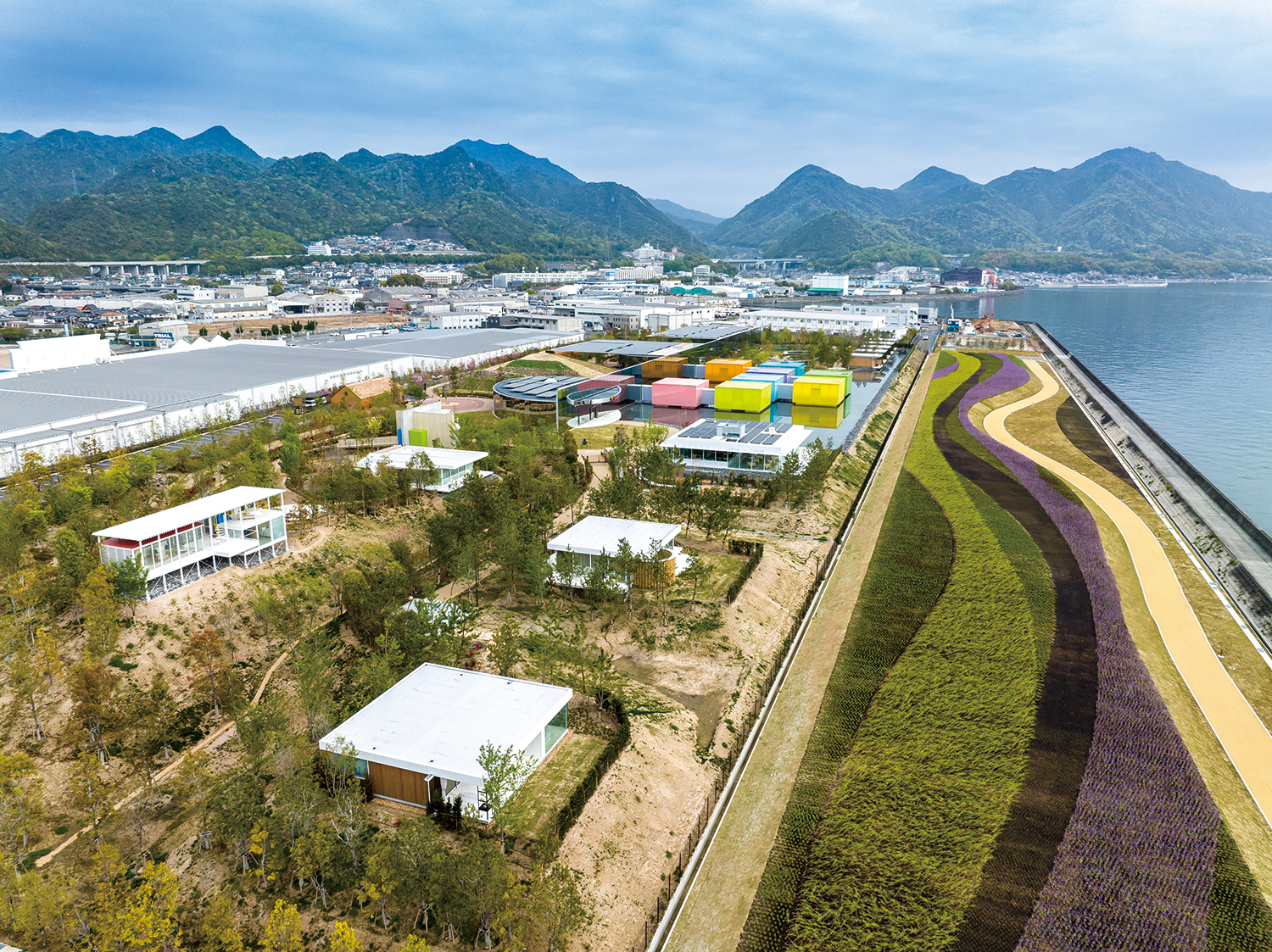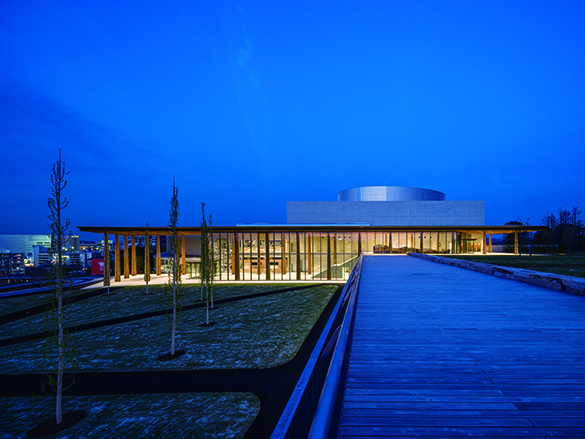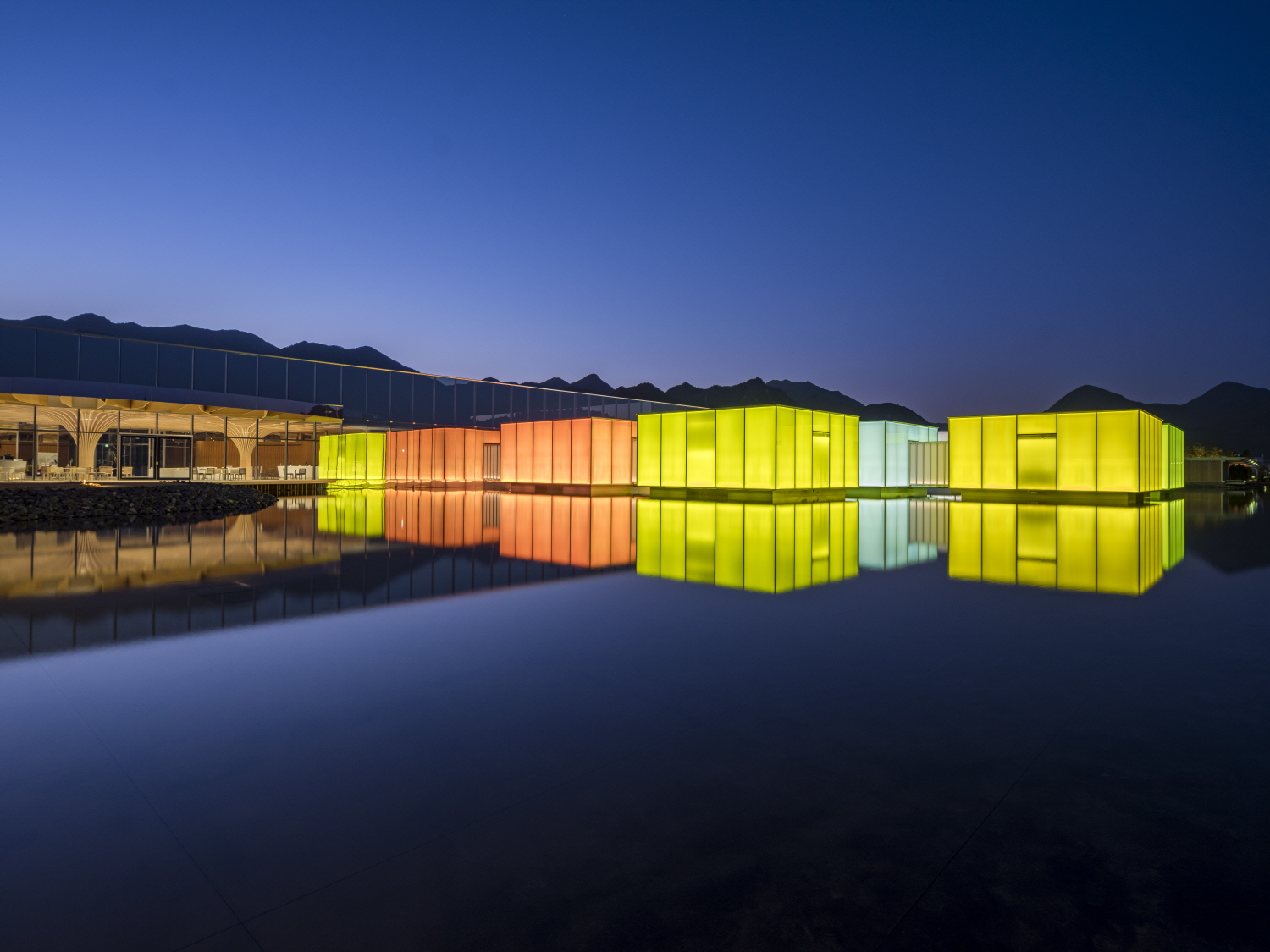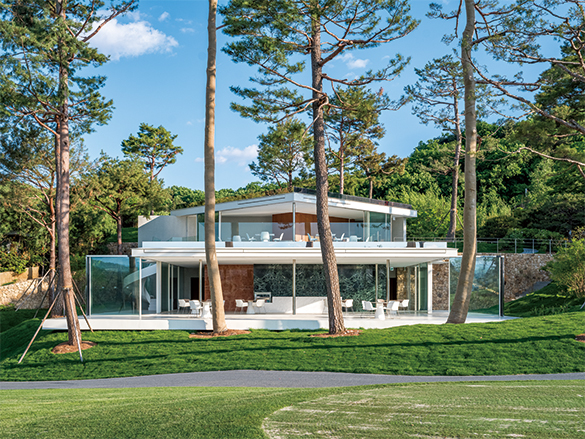SPACE July 2024 (No. 680)
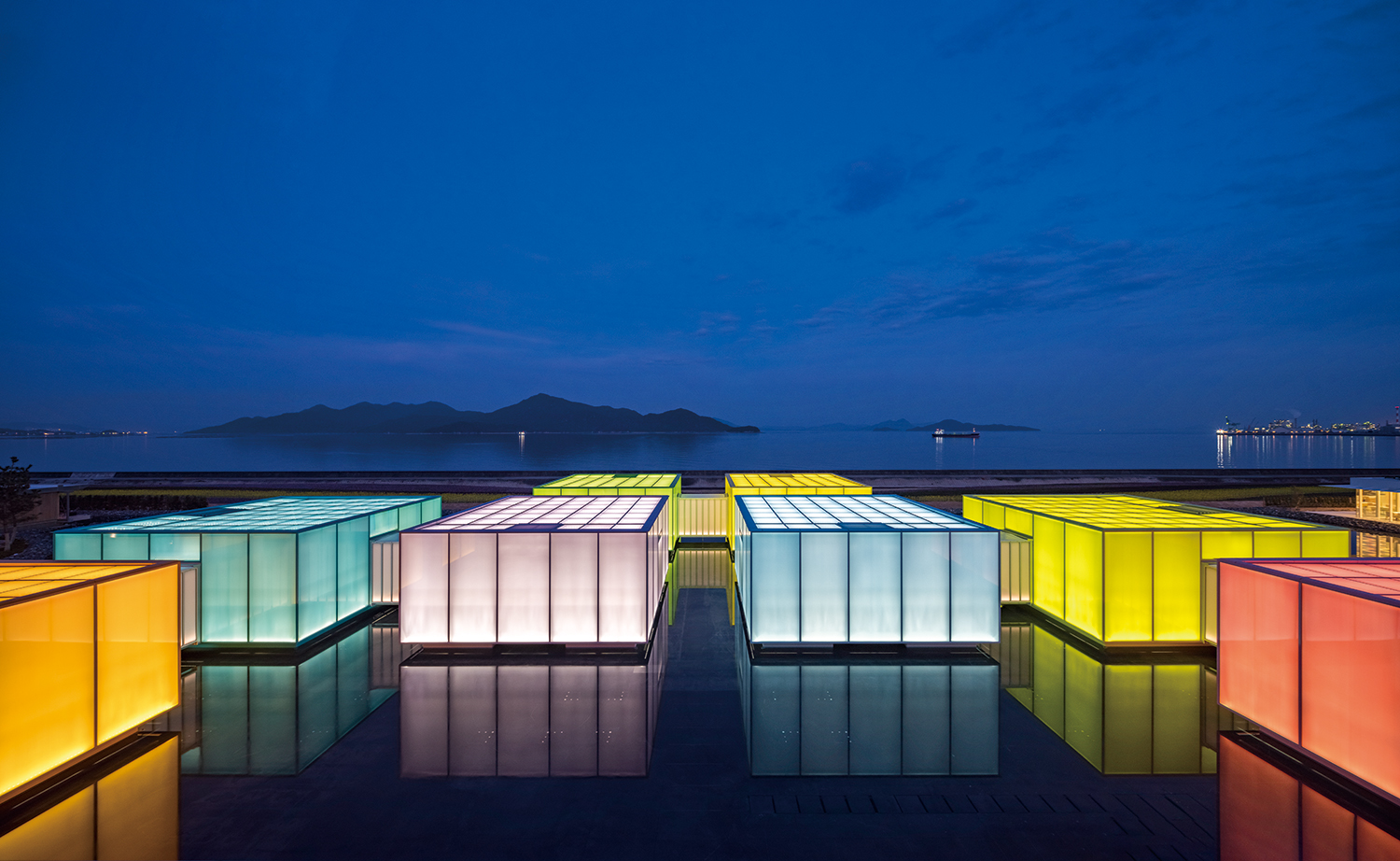
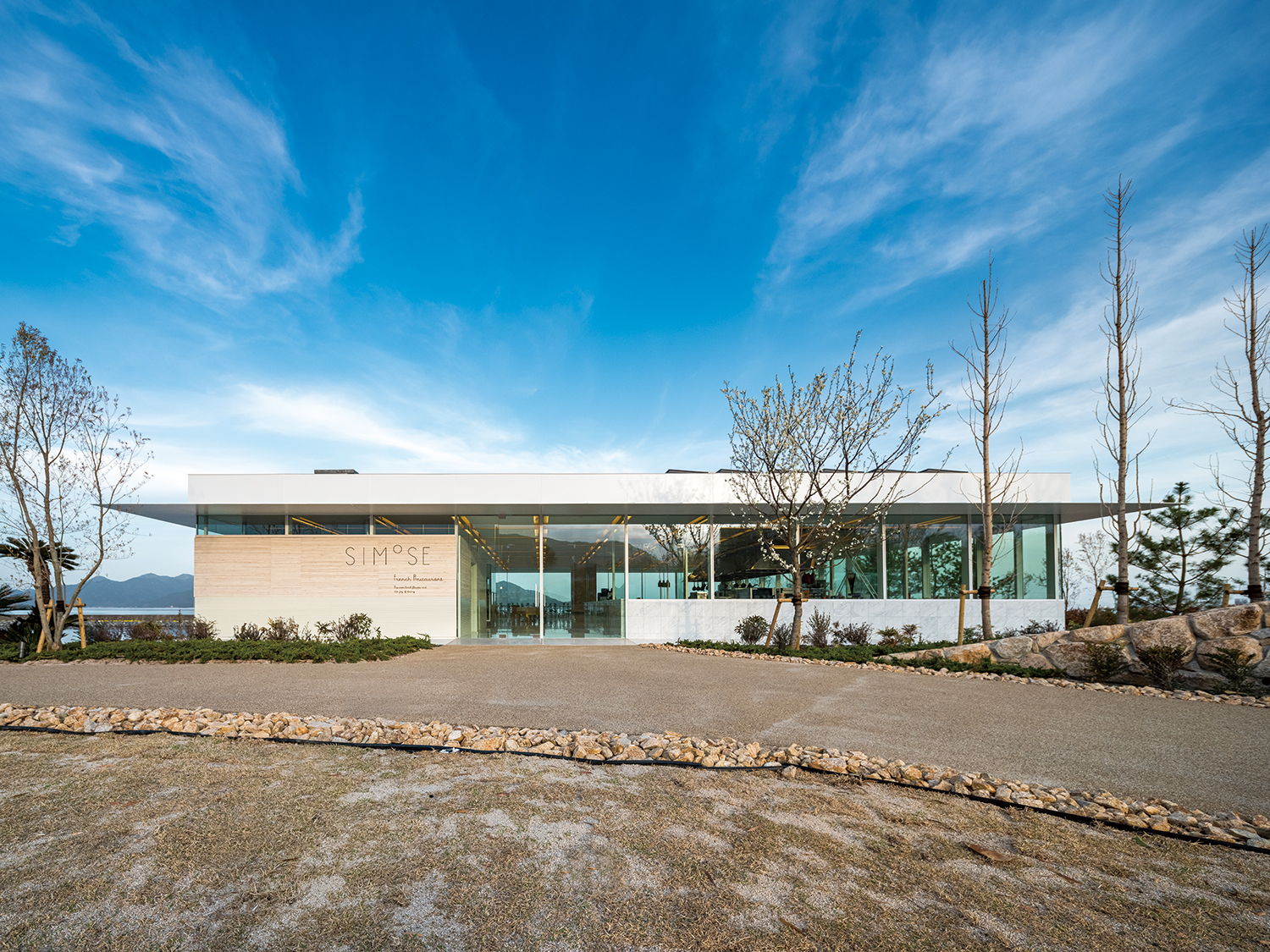
SIMOSE French Restaurant
Architecture at one with the Scenery
SIMOSE is a complex consisting of the Simose Art Museum as the centrepiece, accompanied by the SIMOSE Art Garden Villa (10 accommodation buildings) and a restaurant, on a 4.6 ha site facing the Seto Inland Sea in Hiroshima. The client, who operates a building materials company in Hiroshima, commissioned the design of a private museum to showcase paintings, crafts, and other works collected over two generations, and the design was carried out on a 4,500m2 site next to the company’s headquarters in the industrial complex in the city. However, it had to be redesigned as the site was relocated to its current location due to a district planning issue over the construction of a fee-based museum. The new site is ten times bigger than the original one, and I proposed to the client that the museum should be an auberge (a suburban complex with restaurant and accommodations) rather than just a museum, which resulted in the current settings.
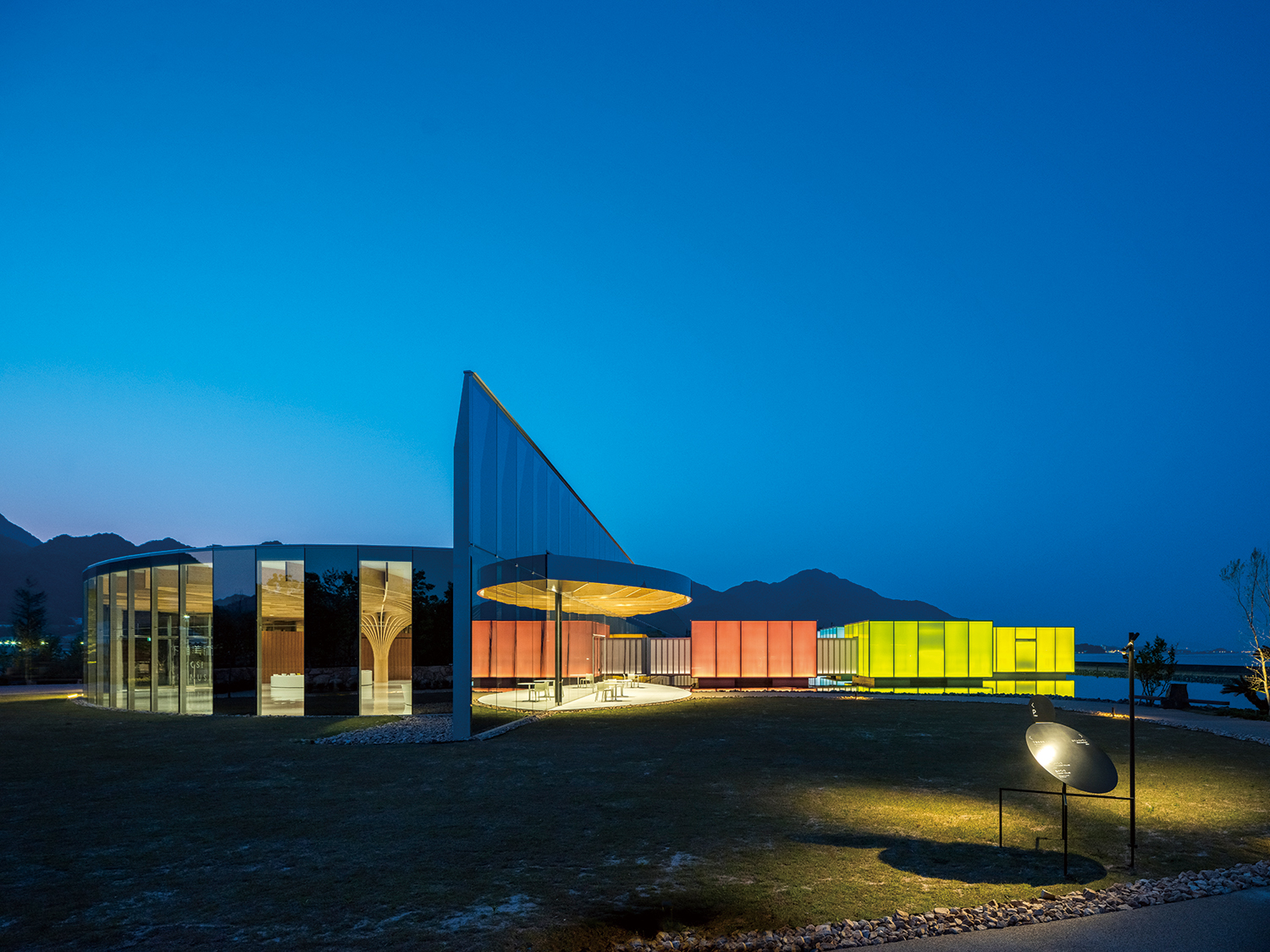
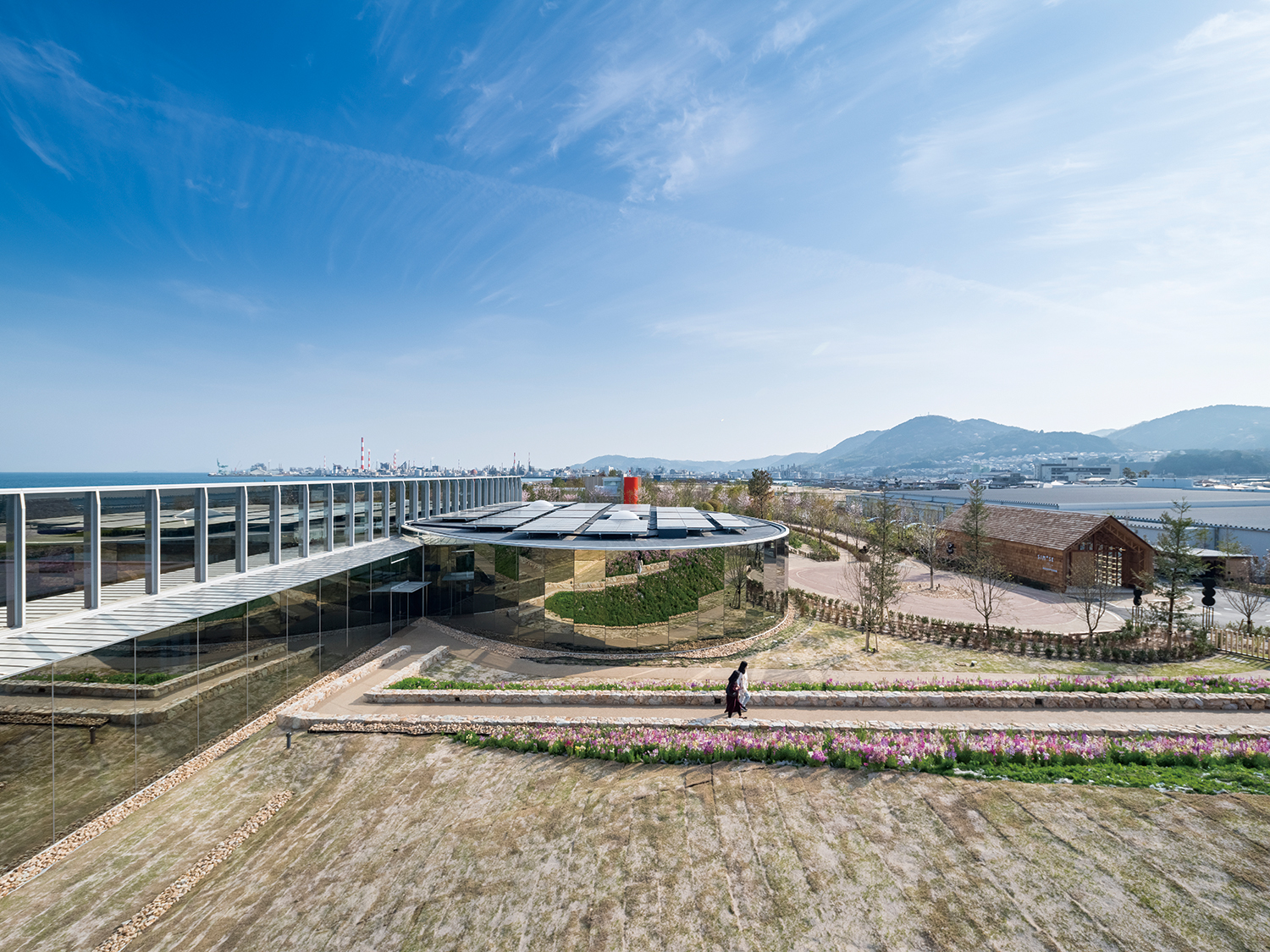
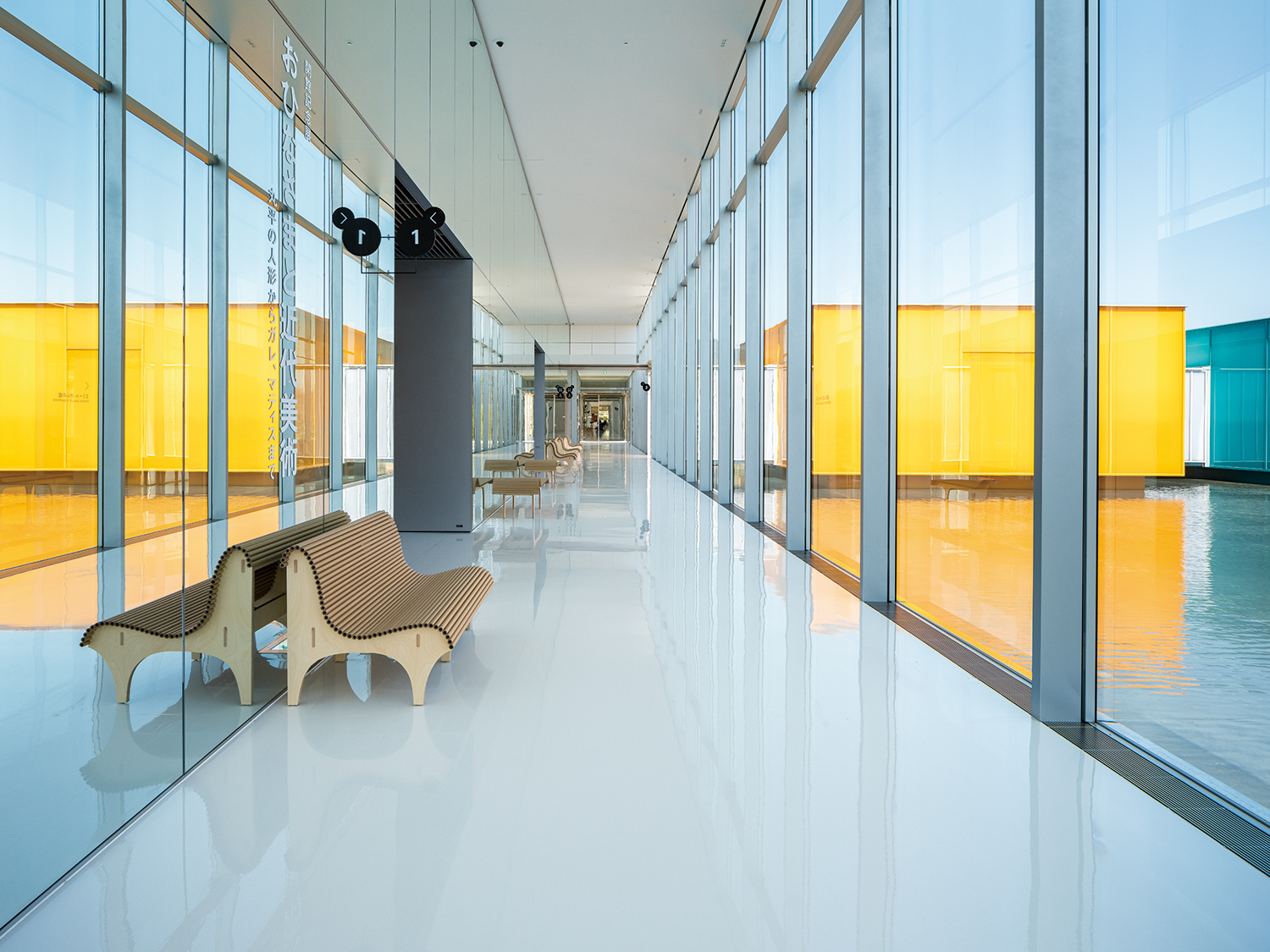
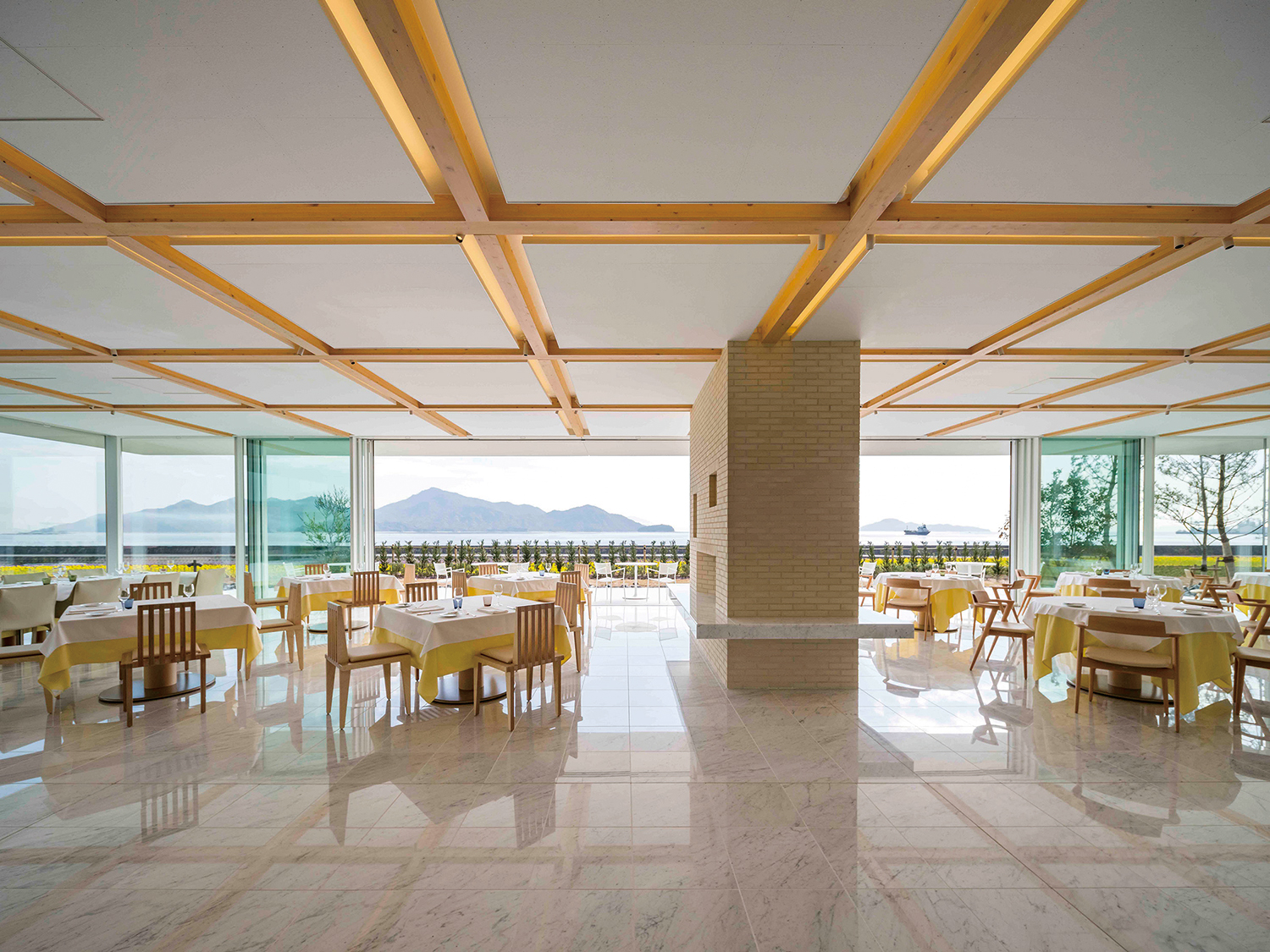
I decided that a huge white cube would be out of place in this beautiful environment facing the mountains and the sea. The complex is divided into several buildings with different functions, and a long mirrored glass screen at the centre of the rectangular site facing the sea hides the huge shopping centre behind it, and captures the view of the Seto Inland Sea with its small islands. The museum consists of an entrance building, a temporary exhibition building, and an administration building parallel to the sea, and the three buildings are connected by a corridor, which is united by a 190m long, 8.5m high mirrored glass screen. In front of the glass screen, a pond faces the sea, and eight movable cube exhibition rooms with glass backs float on the pond, which can be repositioned depending on the exhibition. On the north side of the mirrored glass screen is the Emile Galléʼs Garden, composed of plants from the works of Emile Gallé, which are also in the museum’s collection. The mirrored glass screen reflects these landscapes, amplifying the scenery of the Seto Inland Sea and erasing the presence of the large building. On the north side of the site are five Waterfront Villas facing the water basin, and on the south side are five Forest Villas surrounded by trees, with a restaurant and herb garden in the middle of these villas.
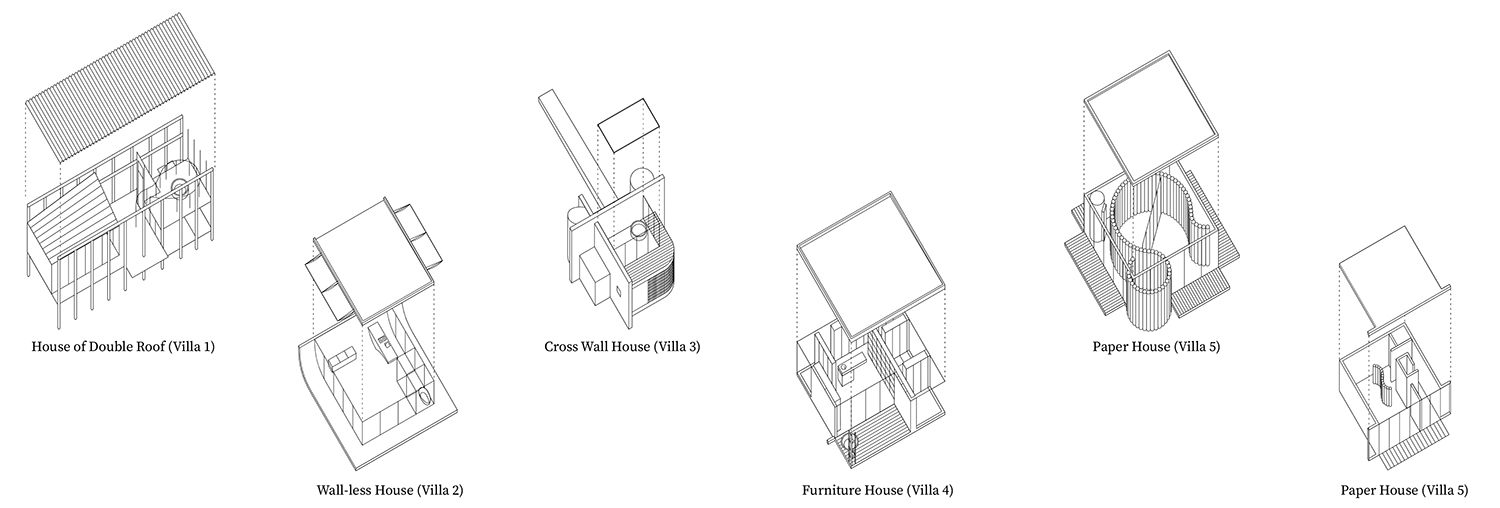
Axonometrics of SIMOSE Art Garden Villa (Villa 1 – 6)
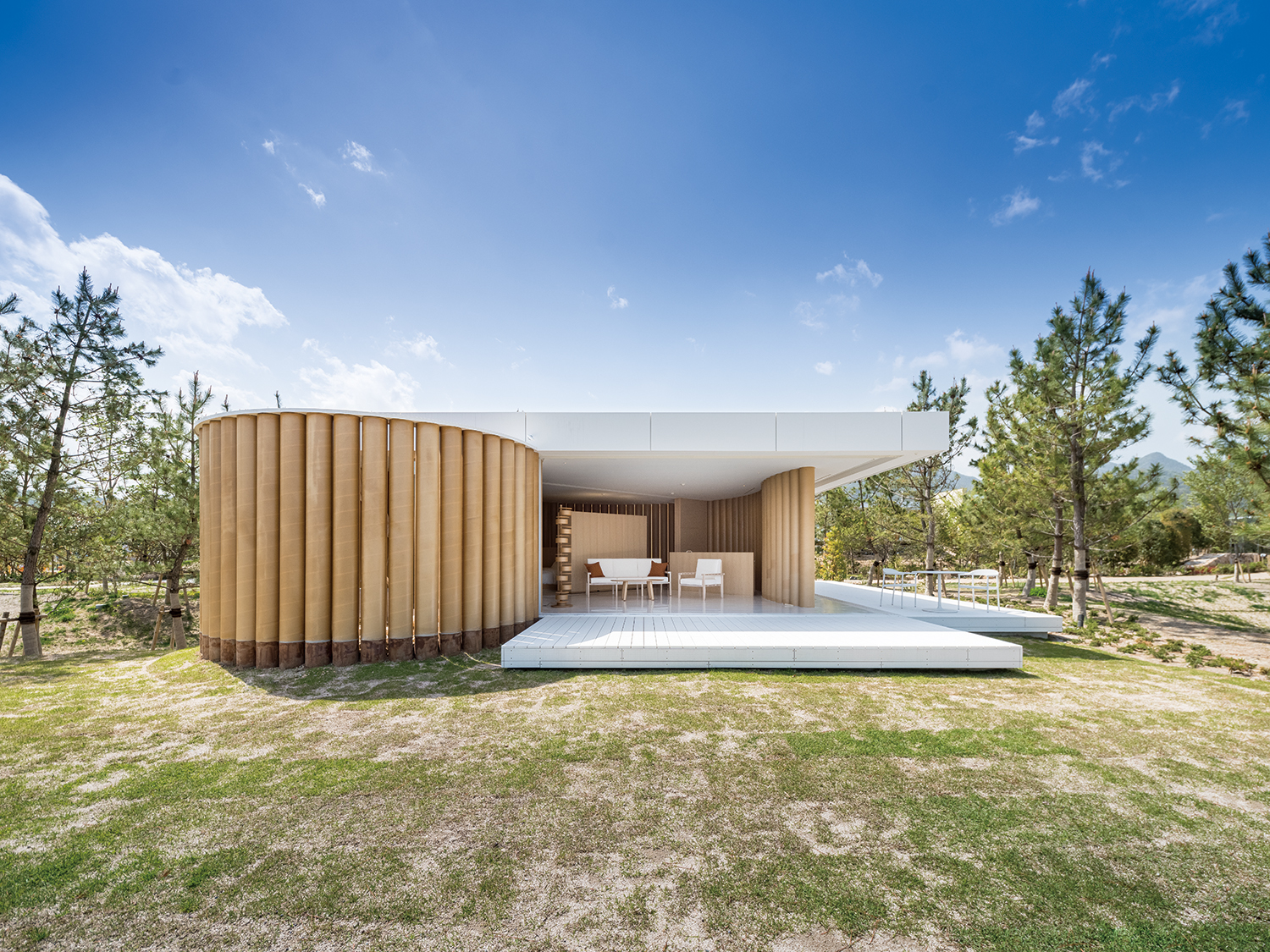
Paper House(Art Garden Villa 5)
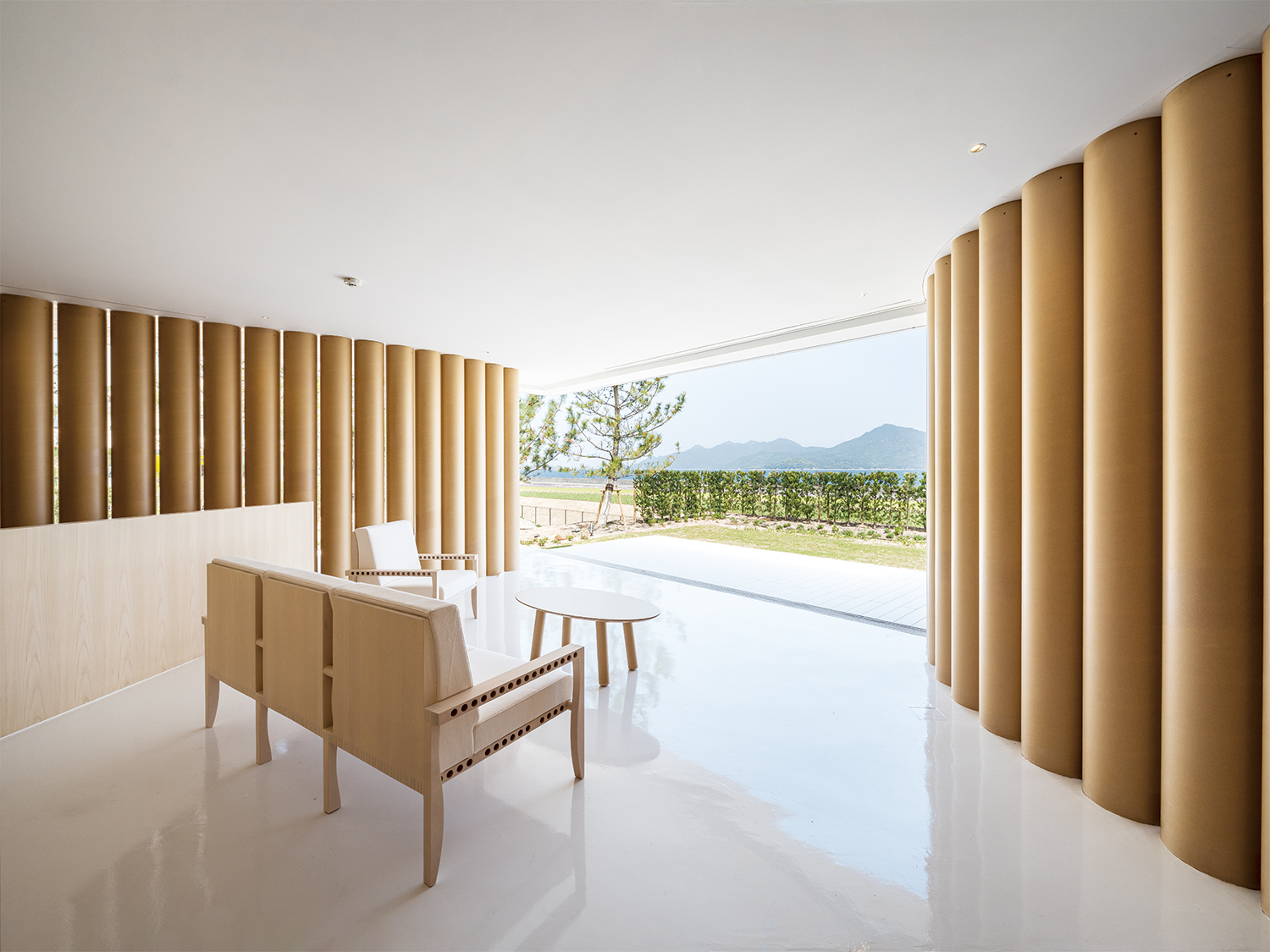
Paper House(Art Garden Villa 5)
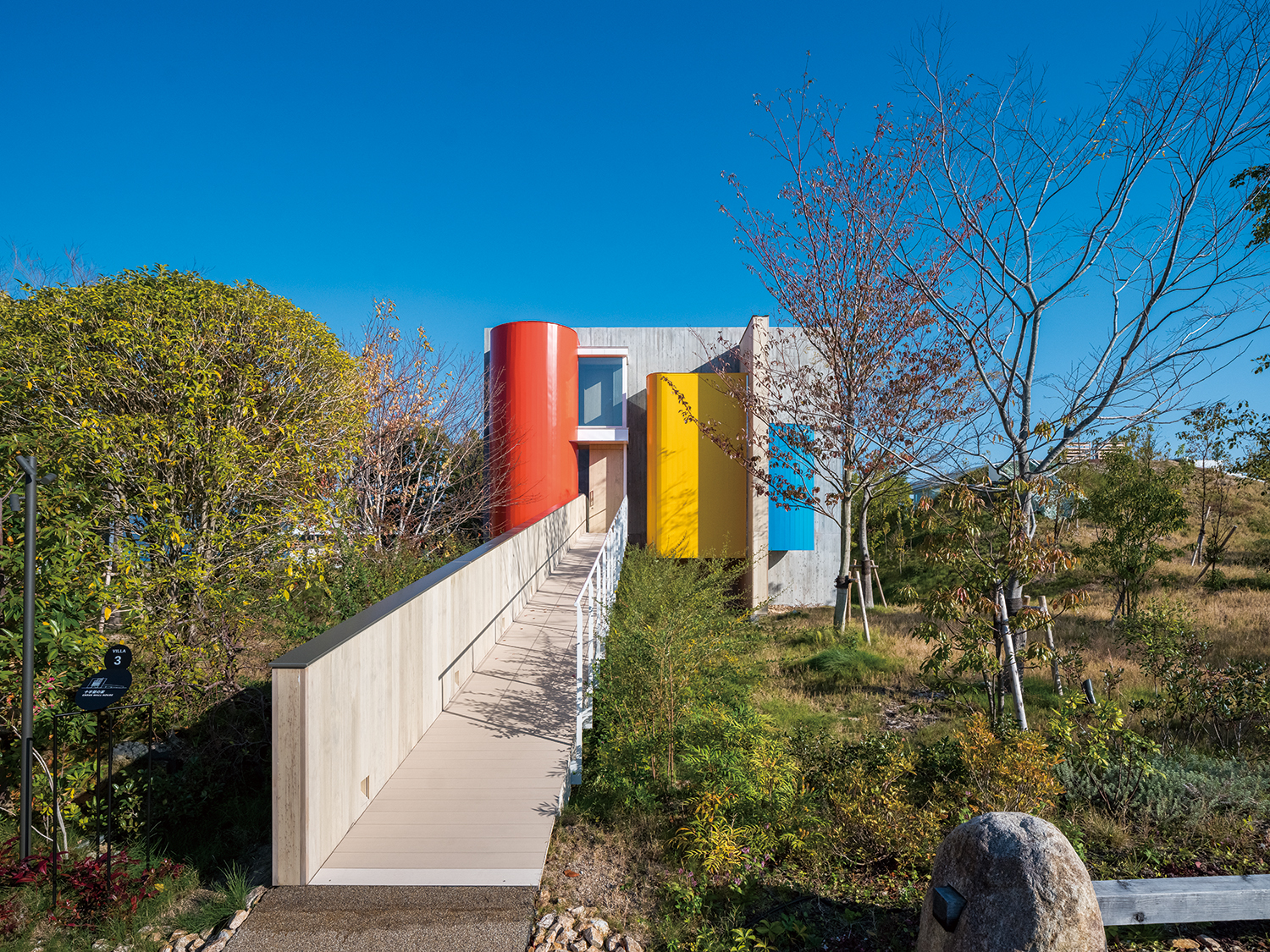
Cross Wall House (Art Garden Villa 3)
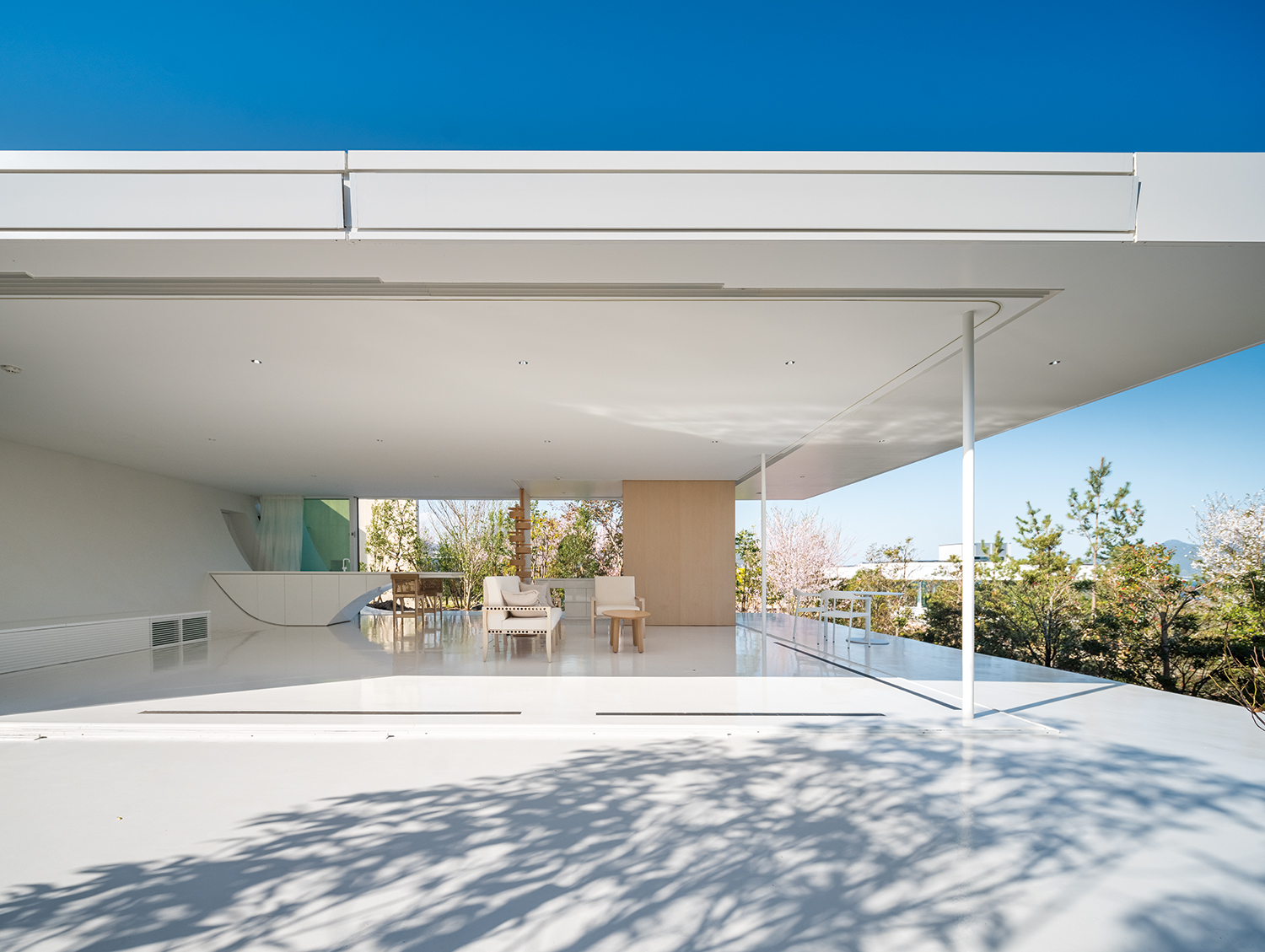
Wall-less House (Art Garden Villa 2)
